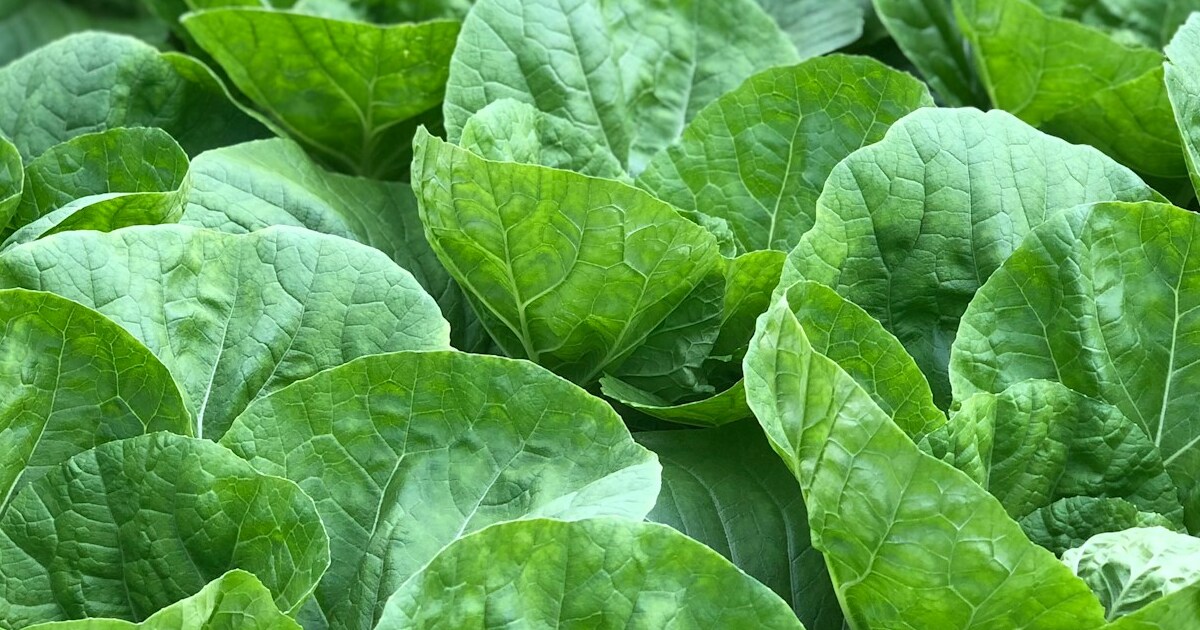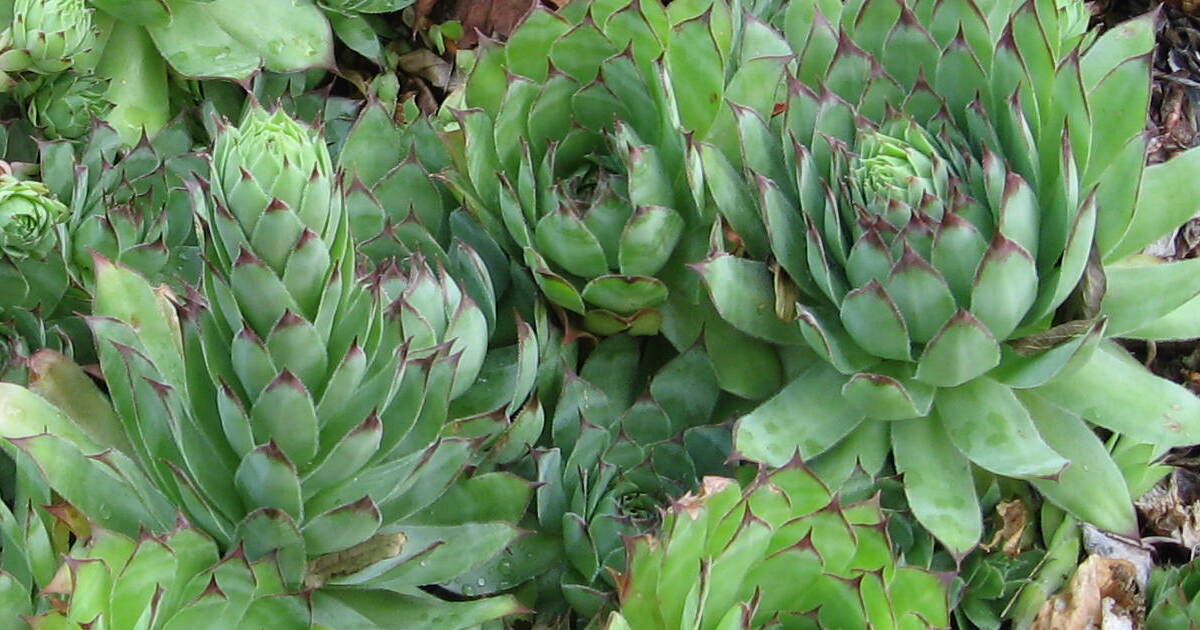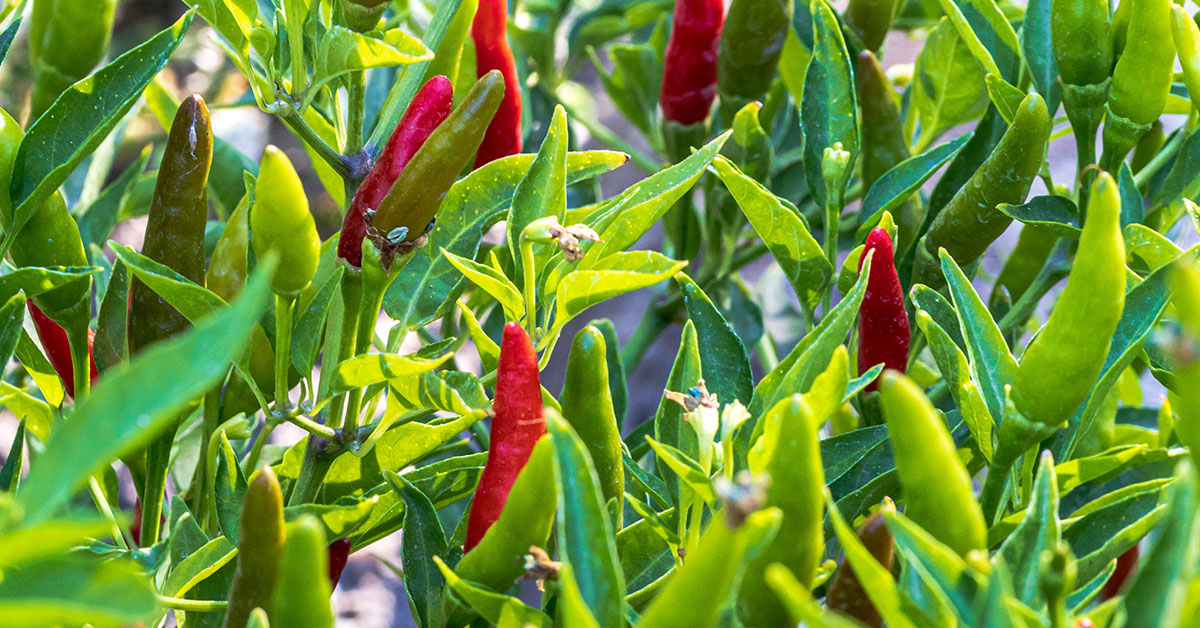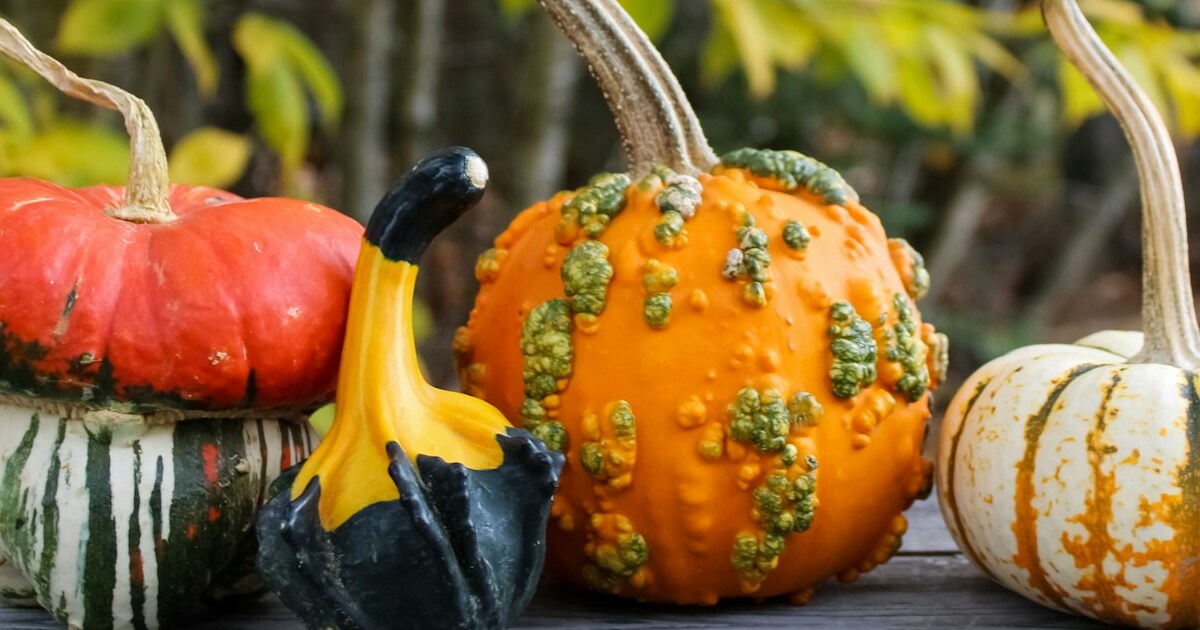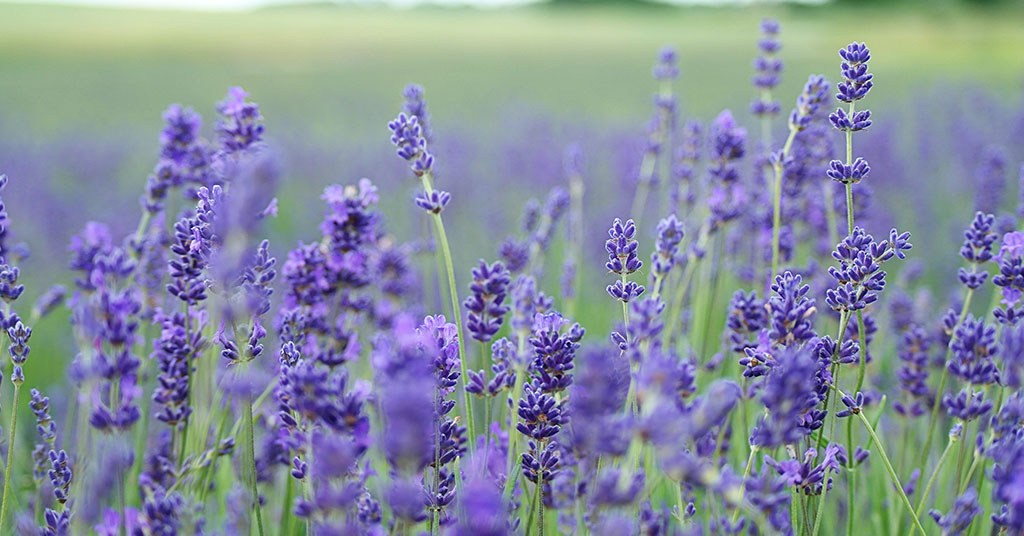As gardeners, we often hear about the dangers of overwatering our plants. However, underwatering can be just as detrimental, leading to wilted leaves, stunted growth, and even plant death. Some plants, in particular, need more water than you might think to thrive and reach their full potential. Ensuring these plants get the right amount of moisture is crucial for a healthy, vibrant garden.
In this article, we’ll explore a variety of plants that require more water than you might expect. From lush foliage to stunning flowers, these plants depend on consistent and adequate watering to flourish. Let’s dive into the details and learn how to keep these water-loving plants happy and thriving.
Hydrangeas
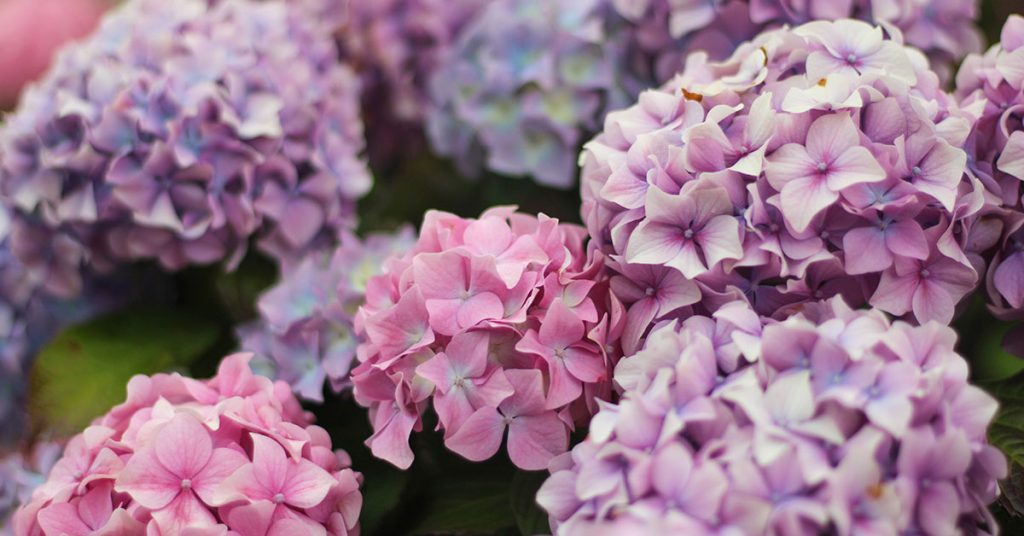
Hydrangeas are known for their large, beautiful blooms and lush foliage, making them a favorite in many gardens. Native to Asia and the Americas, these plants thrive in moist, well-drained soil. Hydrangeas have a high water requirement, especially during the blooming season, to support their large flower heads and prevent wilting.
To keep hydrangeas hydrated, water them deeply once or twice a week, depending on the weather and soil conditions. Mulching around the base of the plants can help retain moisture and keep the roots cool. Hydrangeas are particularly sensitive to drought, and inconsistent watering can lead to poor flower production and leaf scorch. Ensure they get enough water to maintain their stunning appearance and overall health.
Fuchsia
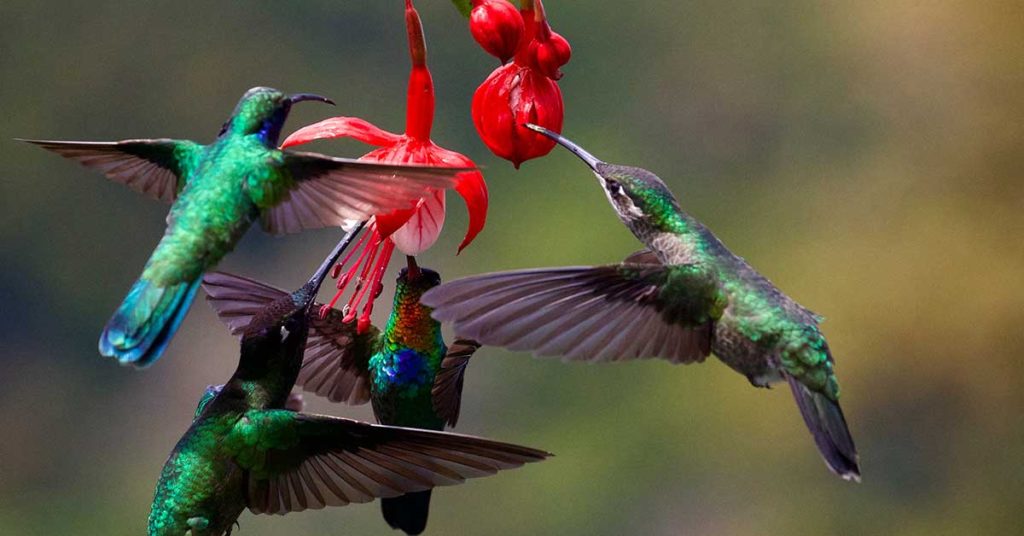
Fuchsia plants, with their vibrant, dangling flowers, are a showstopper in any garden. Native to Central and South America, fuchsias thrive in cool, shaded environments with high humidity and consistent moisture. They require regular watering to keep their soil evenly moist but not waterlogged.
To care for fuchsias, water them thoroughly whenever the top inch of soil feels dry. During hot weather, you might need to water them daily to prevent wilting. Fuchsias are heavy feeders and benefit from regular fertilization to support their vigorous growth and continuous blooming. Ensuring they have plenty of water will keep their foliage lush and their flowers abundant.
Impatiens
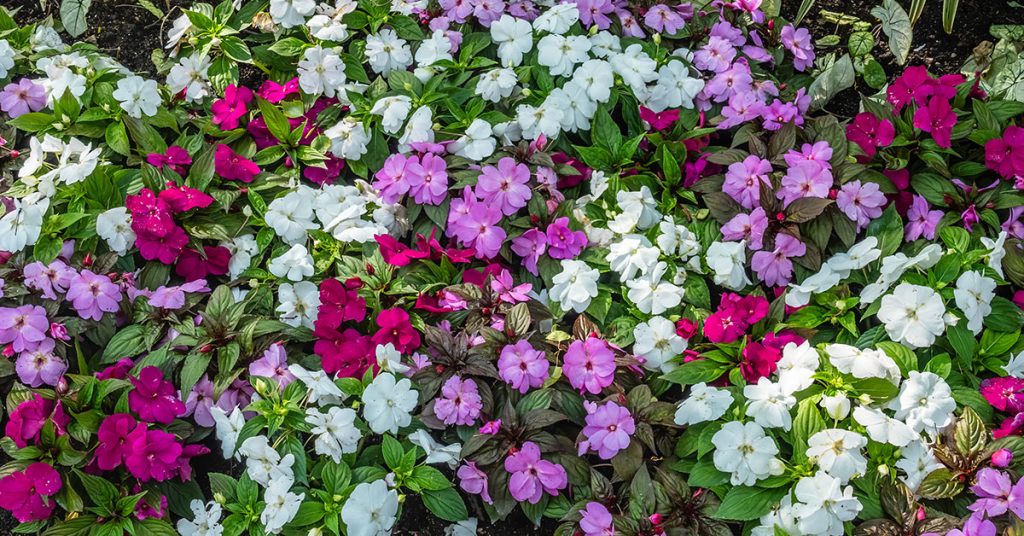
Impatiens are beloved for their bright, colorful blooms that add a splash of color to shady areas. Native to tropical regions of East Africa, impatiens prefer consistently moist soil to support their rapid growth and continuous flowering. They are particularly sensitive to dry conditions and can quickly wilt if not watered adequately.
To keep impatiens thriving, water them deeply and regularly, ensuring the soil stays evenly moist. Mulching can help retain soil moisture and reduce the frequency of watering. Impatiens also benefit from regular feeding with a balanced fertilizer to support their growth and bloom production. By providing consistent moisture, you can enjoy a vibrant display of impatiens throughout the growing season.
Japanese Iris
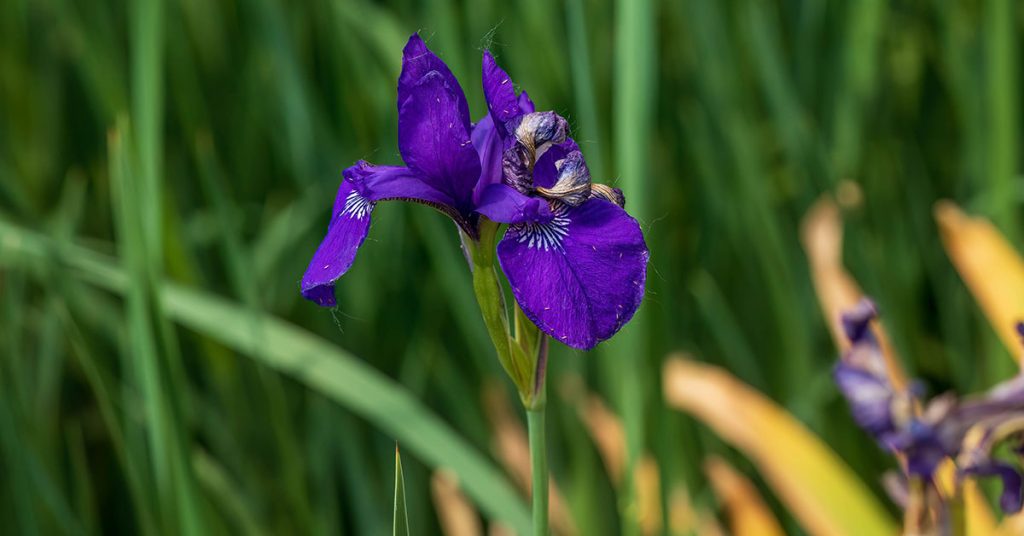
Japanese iris (Iris ensata) is known for its striking, large flowers and elegant foliage. Native to Japan, these irises thrive in moist, acidic soil and are often found growing along streams and in wetlands. They require a substantial amount of water, particularly during the growing and blooming season, to support their lush growth and impressive blooms.
To keep Japanese iris hydrated, water them regularly and deeply, ensuring the soil stays consistently moist. These plants can even tolerate standing water, making them ideal for rain gardens or areas with poor drainage. Providing ample water will help Japanese iris produce their stunning flowers and maintain healthy foliage.
Elephant Ears

Elephant ears (Colocasia and Alocasia spp.) are prized for their large, dramatic leaves that create a tropical feel in the garden. Native to tropical regions of Asia and the Pacific Islands, these plants thrive in consistently moist soil and high humidity. Elephant ears have a high water requirement to support their rapid growth and large foliage.
To care for elephant ears, water them deeply and regularly, ensuring the soil stays consistently moist but not waterlogged. They benefit from mulching to retain soil moisture and reduce the frequency of watering. Elephant ears are heavy feeders and benefit from regular fertilization to support their vigorous growth. Keeping them well-watered will ensure they remain healthy and lush.
Astilbe
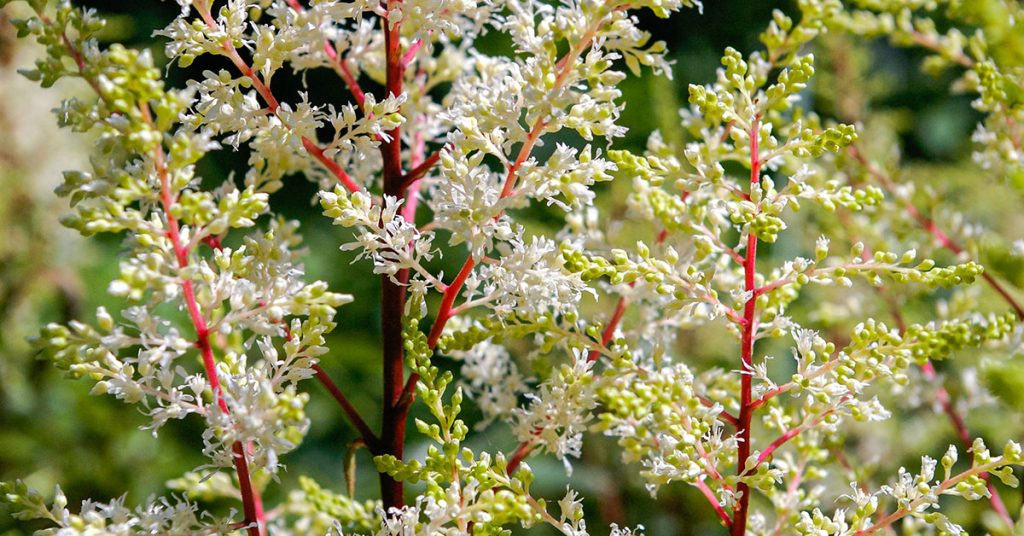
Astilbes are shade-loving perennials known for their feathery plumes of flowers that add a touch of elegance to any garden. Native to Asia and North America, astilbes thrive in moist, well-drained soil and require consistent watering to support their lush foliage and prolific blooms. They are particularly sensitive to dry conditions and can quickly wilt if not watered adequately.
To keep astilbes hydrated, water them deeply and regularly, especially during dry periods. Mulching around the base of the plants can help retain soil moisture and keep the roots cool. Astilbes benefit from regular feeding with a balanced fertilizer to support their growth and bloom production. By providing consistent moisture, you can enjoy a stunning display of astilbes throughout the growing season.
Cardinal Flower
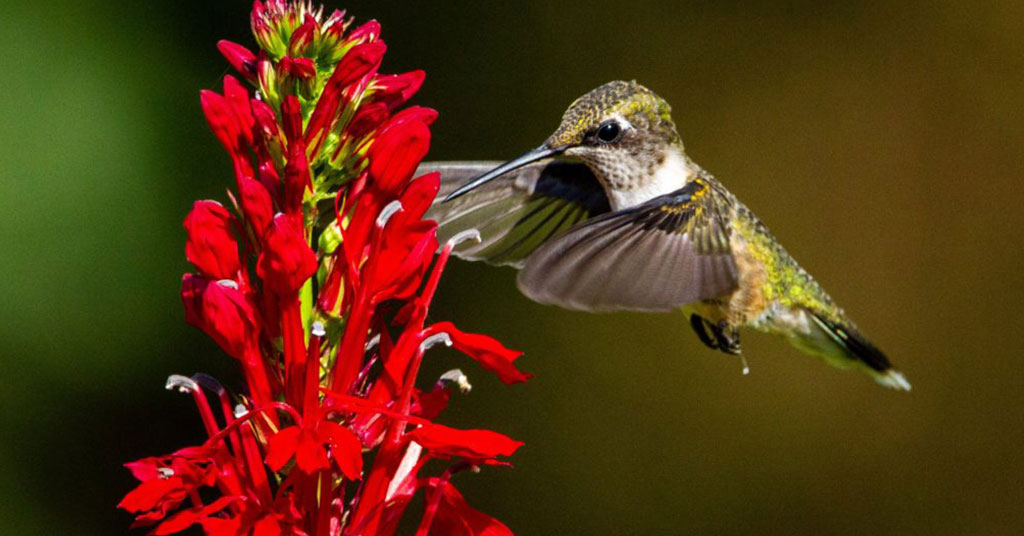
Cardinal flower (Lobelia cardinalis) is a striking native plant known for its bright red flowers that attract hummingbirds and butterflies. Native to North America, cardinal flowers thrive in consistently moist to wet soil and are often found growing along streams and in wetlands. They require a substantial amount of water to support their lush growth and vibrant blooms.
To care for cardinal flowers, water them regularly and deeply, ensuring the soil stays consistently moist. These plants can even tolerate standing water, making them ideal for rain gardens or areas with poor drainage. Providing ample water will help cardinal flowers produce their stunning blooms and attract pollinators to your garden.
Lobelia
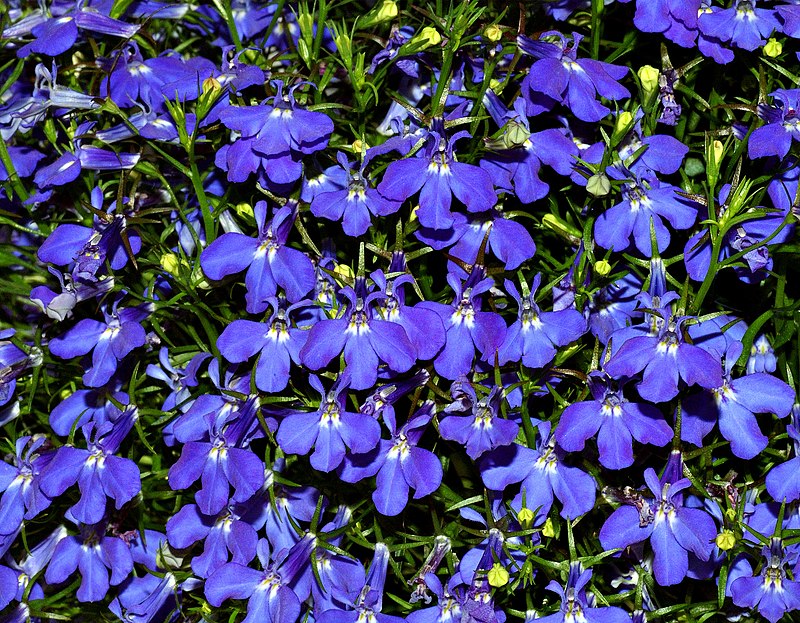
Lobelia is a versatile annual or perennial plant known for its vibrant blue, purple, or red flowers that add a splash of color to garden beds and containers. Native to North America, lobelias thrive in consistently moist soil and require regular watering to support their continuous blooming and lush foliage.
To keep lobelias hydrated, water them deeply and regularly, especially during hot weather. Mulching around the base of the plants can help retain soil moisture and reduce the frequency of watering. Lobelias benefit from regular feeding with a balanced fertilizer to support their growth and bloom production. Ensuring they have plenty of water will keep their flowers abundant and their foliage healthy.
Swamp Milkweed

Swamp milkweed (Asclepias incarnata) is a native perennial known for its fragrant pink flowers that attract butterflies, particularly monarchs. Native to North America, swamp milkweed thrives in consistently moist to wet soil and is often found growing in wetlands and along streams. It requires a substantial amount of water to support its lush growth and prolific blooms.
To care for swamp milkweed, water it regularly and deeply, ensuring the soil stays consistently moist. These plants can even tolerate standing water, making them ideal for rain gardens or areas with poor drainage. Providing ample water will help swamp milkweed produce its stunning blooms and support local pollinators.
Canna Lilies

Canna lilies are tropical perennials known for their large, bold flowers and lush foliage that add a touch of the tropics to any garden. Native to Central and South America, canna lilies thrive in consistently moist soil and require regular watering to support their vigorous growth and continuous blooming.
To keep canna lilies hydrated, water them deeply and regularly, ensuring the soil stays consistently moist but not waterlogged. Mulching around the base of the plants can help retain soil moisture and reduce the frequency of watering. Canna lilies benefit from regular feeding with a balanced fertilizer to support their growth and bloom production. Ensuring they have plenty of water will keep their flowers abundant and their foliage lush.





